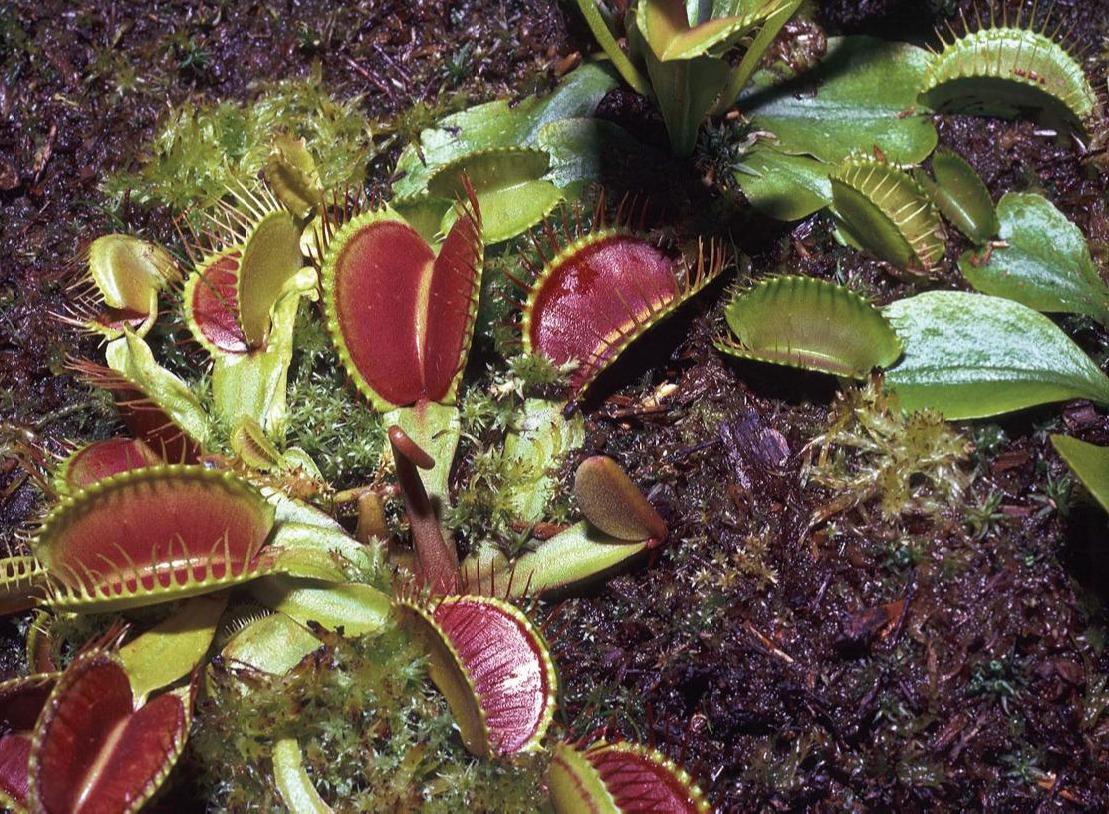
Plants that prey on animals have fascinated people for centuries. Charles Darwin was the first to show that dissolved nutrients are absorbed directly by such plants, and that captured prey makes a significant contribution to plant growth. You can read a full account of the wonderful experiments he conducted in order to show this in his book Insectivorous Plants (1875). He tempted carnivorous plants with an intriguing range of materials he found easy to obtain, including urine, ‘impure mucus’, saliva, infusions of cabbage and raw meat, roast meat, the quill of a pen, paper, ‘coal cinder’ (taken from the fire), bits of glass, and balls of hair. He then made careful observations on the trapping activity shown by the plants. He concluded: ‘From these and numerous other experiments not worth giving, it is certain that inorganic substances act much less quickly and efficiently than organic substances yielding soluble matter which is absorbed’.
Experiments and observations have since given us a list of essential nutrients for plants. Most plants are able to get these nutrients from their surrounding soil. Carnivorous plants, however, can thrive in soils that are low in available nutrients, especially nitrates. Nitrogen is one of the most abundant elements on Earth, but most of it is in the atmosphere as a gas, not in a form that plants can use. Plants need nitrogen for building many important molecules, including amino acids, DNA, ATP and chlorophyll. By catching and digesting animals, carnivorous plants can make use of the nitrogenous compounds in their prey. There are more than 600 species of carnivorous plants, including Venus flytraps, sundews and various genera of pitcher plants (see Figure 1).
Your organisation does not have access to this article.
Sign up today to give your students the edge they need to achieve their best grades with subject expertise
Subscribe




